The Importance of Running Socks: Why Your Choice Matters
Running socks are often seen as an unnecessary extravagance, but they offer a lot more than many people think. Regular socks just won't cut it when it comes to prolonged physical activities, such as running. On the other hand, properly fitting running socks are designed specifically for this purpose and can greatly improve your overall experience – from the way you look, feel and even perform. Whether you're a professional athlete or someone who enjoys jogging on the weekend, getting the right pair of running socks can make a difference. In this guide, we take a look at how running socks can improve your running experience and how to choose running socks that suit your needs.
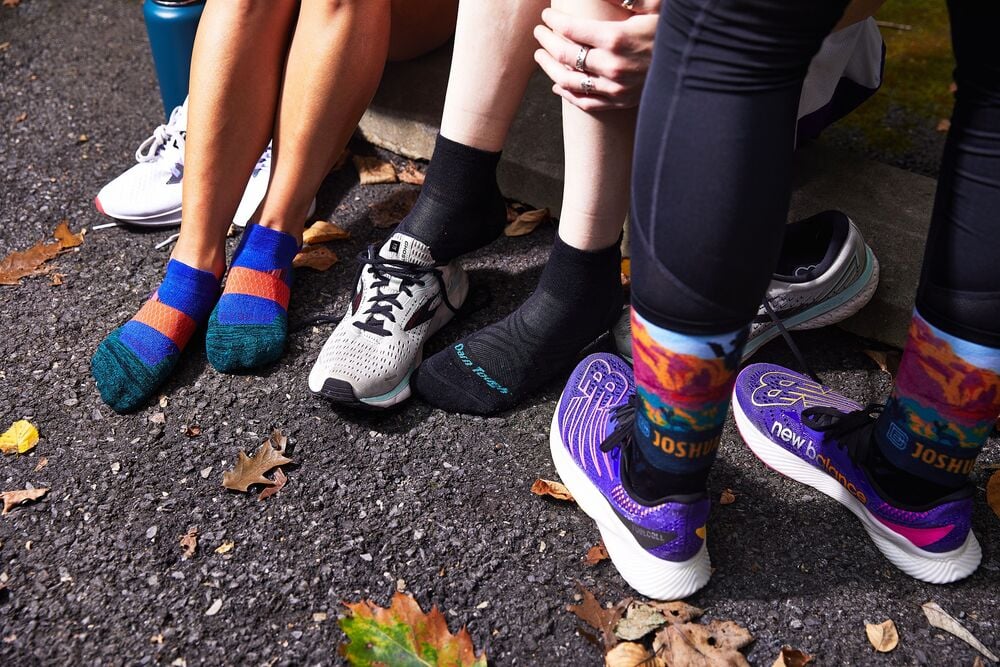
Features to Consider
Fabric is one of the most important factors to consider when choosing the right pair of running socks. Natural fibers such as merino wool and bamboo wick moisture away and let the air circulate freely. They are also anti-bacterial, meaning odor won’t be an issue. Polyester and nylon possess the same qualities and add improved durability to the bundle. Cotton is better avoided as it absorbs moisture instead of wicking it which increases the risks of blisters.
The seamless design is another feature that differentiates running socks from regular ones. Seams can cause irritation and discomfort during long runs, so opting for a sock with no seams seems only reasonable.
The thickness of the sock may affect the responsiveness of your running shoes. This is one of the cases where balance is the best choice. Too thin - and the socks won’t provide enough cushioning and protection; too thick - and they may cause your feet to overheat. It’s better to check the compatibility of your running socks with your running shoes in advance.
Compression is one more feature that can help improve the running experience. Compression socks help reduce fatigue by improving blood circulation and reducing muscle strain, making them ideal for long-distance runners.
If socks are listed as arch support, that means they come with cushioning. When we walk barefoot, the entirety of the impact is absorbed by our feet, since there is nothing between our feet and the surface we step on. Cushioned socks solves that issue, even if not completely. Arch support socks provide support in the places where the impact is felt the most, thus reducing the rate at which our arches wear down. Such socks also can relieve the pain caused by various foot illnesses like plantar fasciitis, flat feet, and heel spurs.
Anti-blister technology is another great feature to look out for when selecting running socks, as it helps reduce friction between your skin and the sock material which can lead to chafing and blisters.
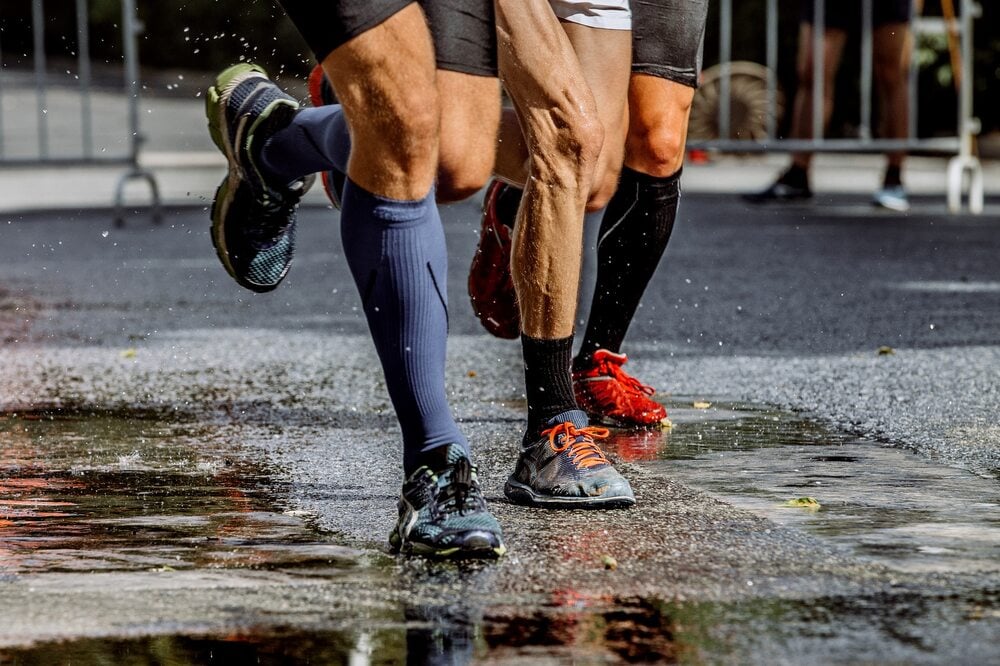
Running Socks vs. Regular Socks
Regular everyday socks are often made of flimsy materials such as cotton, which lack the wicking and cushioning properties needed for higher-intensity activities. Running socks, on the other hand, are specifically designed with materials such as nylon, polyester, and wool that not only provide superior comfort but also offer features like breathability, arch support and extra cushioning. Those help reduce the risks of chafing and blisters while providing extra arch support to reduce fatigue.
Another key benefit of dedicated running socks is their moisture-wicking capabilities. Running often results in excessive sweating which is simply unpleasant unto itself, not to mention its role in chafing and blister-forming. This is not the case with specially designed running socks as their moisture-wicking properties help keep your feet dry even during strenuous activity. That also applies to other moisture that might find its way into your running shoes, be it rain or puddles. In addition to that, some running socks come equipped with additional features like anti-odor technology which helps reduce bacteria build-up, caused by sweating.
As you can see, regular socks just aren’t suitable for prolonged physical activities such as running due to their lack of features runners may benefit from. Arch support, moisture-wicking and extra cushioning – all these elements contribute to an enjoyable run. Investing in a quality pair of lightweight running socks will pay off pretty quickly, as you’ll start getting the most out of your runs without any discomfort related to regular socks.
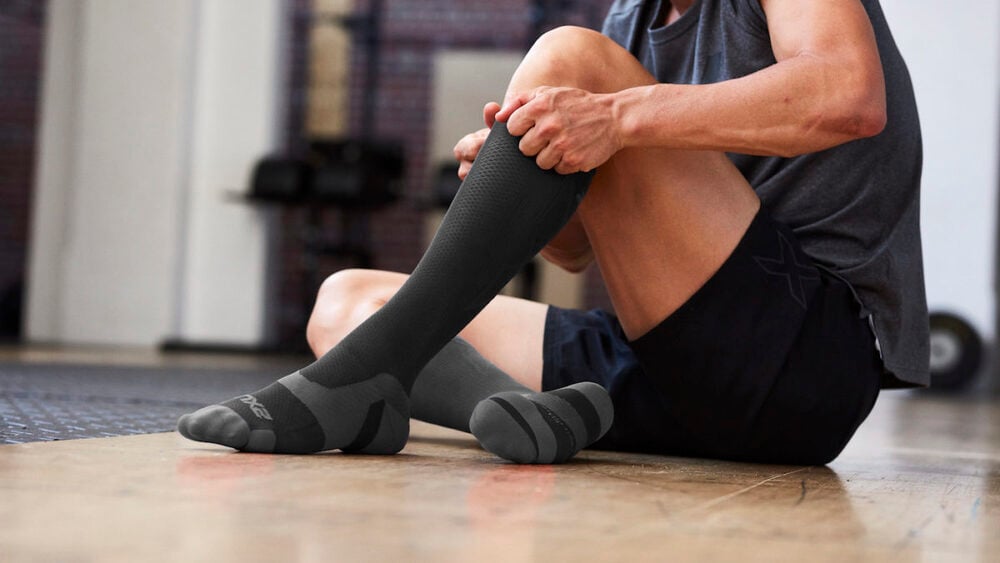
Additional Features to Consider
At the end of the day, we should not forget about a couple of other factors. Take durability and protection, for example. The right pair of socks should be capable of protecting your feet from abrasion and keeping them dry and cool as you run. Look for features like reinforced toe boxes and blister tabs which help protect against pressure points that can cause discomfort, rubbing or blisters during a long run.
The height of the running sock is also an important consideration, but it often goes down to everybody’s personal preference. No-show socks are the shortest option that provides minimal coverage and might be uncomfortable with some types of running shoes. Ankle socks sit right on or slightly above the ankle, protecting your heels and ankles from chafing and blisters. They are often called athletic socks because they perform incredibly well in physical activities. Crew socks, also known as mid-calf socks, are the most popular category among regular socks, so it comes as no surprise that running socks in that design are also plentiful. Finally, over-the-calf socks are the longest option that provides maximum coverage that comes in very handy during cold weather runs.
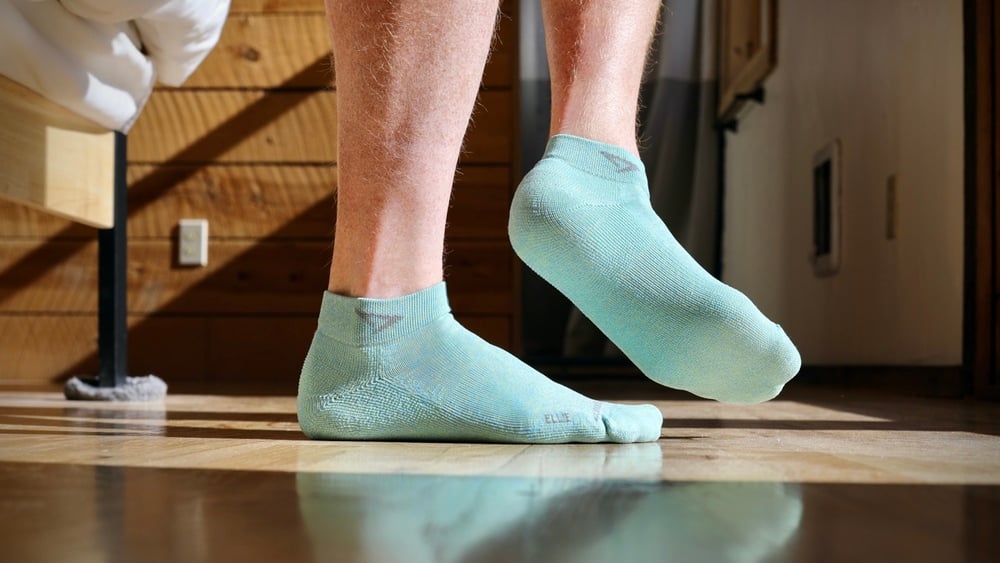
Conclusion
Ultimately, choosing the right running socks should be done with your personal goals in mind. Take into account how characteristics like level of protection, materials, compression and arch support will affect the overall performance of your socks – and choose accordingly. Knowing which features are in priority for you will ensure that you end up with a pair of socks that’s comfortable and supportive.
{ "@context": "http://schema.org/", "@type": "Article", "mainEntityOfPage": { "@type": "WebPage", "@id": "https://rununited.com/blog/the-importance-of-running-socks-why-your-choice-matters/" }, "author": { "@type": "Person", "name": "Timothy Chandler" }, "publisher": { "@type": "Organization", "name": "Run United", "logo": { "@type": "ImageObject", "url": "" } }, "headline": "The Importance of Running Socks: Why Your Choice Matters", "image": "https://cdn11.bigcommerce.com/s-eeul26hjka/images/stencil/832x750/uploaded_images/guide-to-choosing-running-socks-2-.jpg?t=1677220032", "datePublished": "2023-02-24", "dateModified": "2023-02-24" }
EXPLORE POPULAR ARTICLES
-
How to Break In Running Shoes [Expert Guide]
Jun 20th 2024It's rare when a couple of short walks around the block is enough for a runner to break in a new pai
-
goodr sunglasses: Choosing the Perfect Pair
May 24th 2024Runners and outdoor fitness enthusiasts know how important good sports sunglasses are. They prote
-
Selecting the Best Running Shoes for Heavy Runners
Mar 28th 2024Running ranks on the list of activities anyone can enroll in. You don’t need any specific equipme


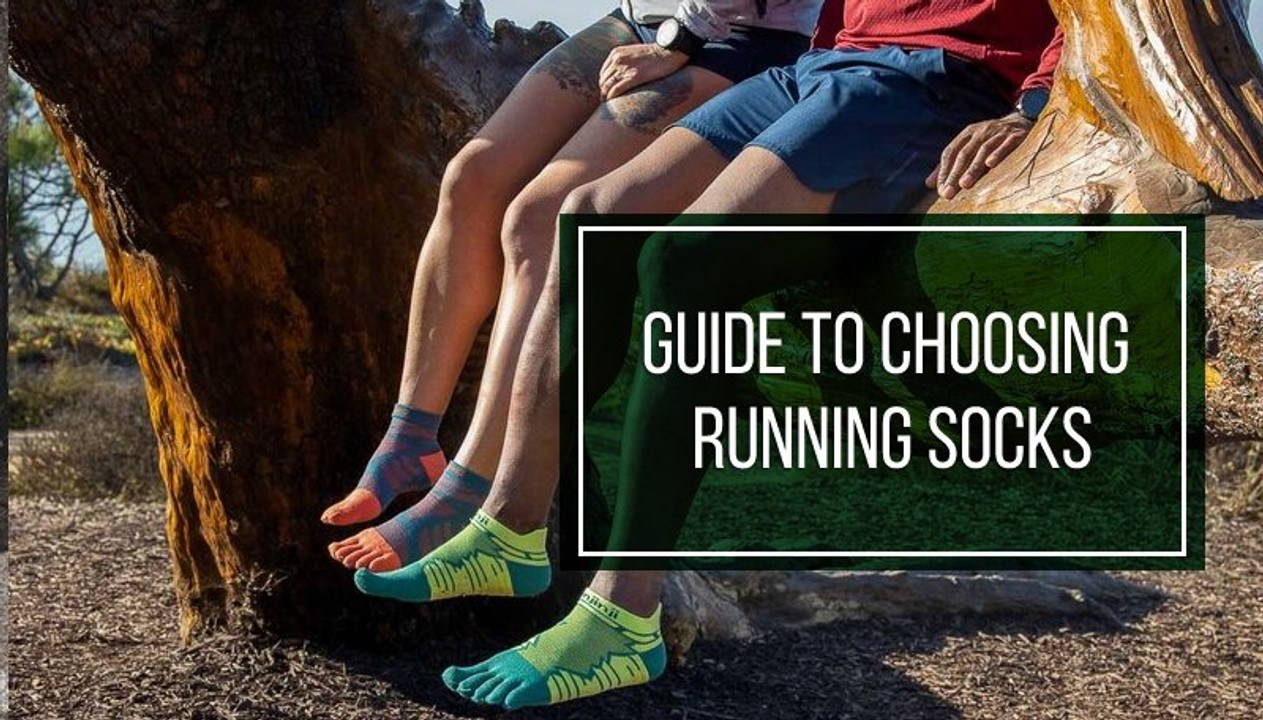
![How to Break In Running Shoes [Expert Guide] How to Break In Running Shoes [Expert Guide]](https://cdn11.bigcommerce.com/s-eeul26hjka/images/stencil/160w/uploaded_images/how-to-break-in-running-shoes.jpg?t=1718884434)

